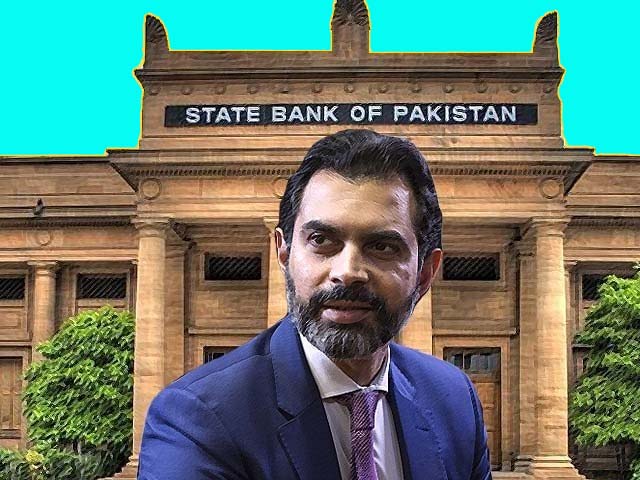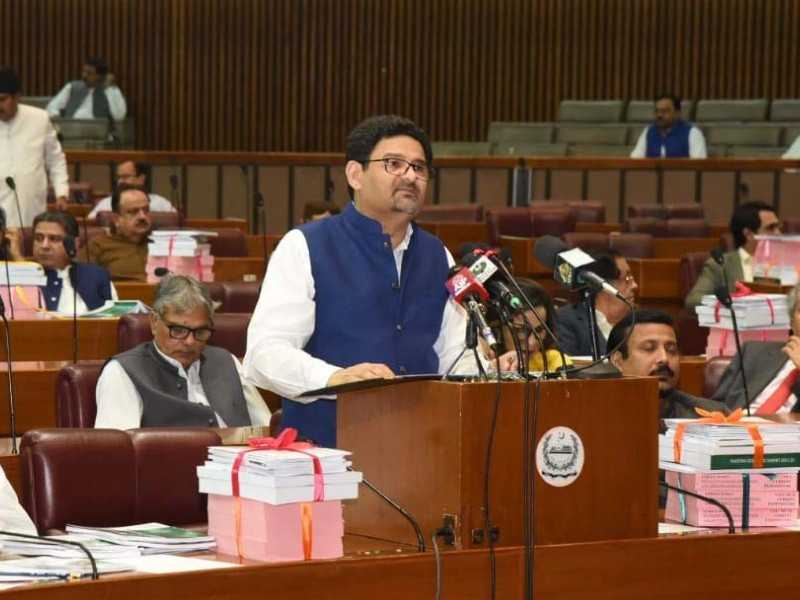
What will be decided at the next Monetary Policy Committee meeting?
The emergence of coronavirus compelled countries to self-inflict an economic crisis by imposing stern lockdowns to contain the sprawl of the rampant virus. To combat the adverse connotations of the Covid-transpired economic sag, the State Bank of Pakistan (SBP) responded with an aggressive monetary easing of 625 bps from March 17th to June 25th. Consequently, Pakistan saw the steepest plunge in policy rate from 13.25% to 7% in the last four months of the outgoing fiscal year.
The pruning of interest rate disincentivises consumers from saving their additional income in the banks. Instead, they are pushed to shift their capital from fixed-income instruments like FDs to either the stock market (equities) or consumption. It is why Pakistan’s economy – in the wake of vibrant decision making by the SBP – manifested signs of early recuperation with a bullish run in the stock market and buoyant sales of cement. The cement sales saw 40% year-on-year growth in July after the federation’s novel construction package. On the other hand, PSX witnessed a 14.05% surge in its benchmark KSE-100 index in July.
Other noticeable economic amelioration features include a shrinking Current Account Deficit (CAD), upsurge in remittances, and a stable currency. However, Foreign Direct Investment (FDI) has plummeted since June. Although there has been constant year-on-year growth in FDI in recent months, the volume is less than the pre-Covid average of $250-300 million. The FDIs received in July and August have been 35% and 36% lower, respectively, compared with the $174.8 million amount recorded in June. This could be owing to the ungainly return that Pakistan now has to offer post monetary easing.
The Monetary Policy Committee (MPC) decided against a further wane in the nation’s policy rate by skipping its regular meeting in July, citing no need for the caucus due to an excessive number of anomalous meetings in prior months. One of the underlying reasons for this skip is that the real interest rates already became negative in an on-going IMF programme. Besides, monetary easing has a direct trade-off with the currency as it results in a capital flight of foreign exchange to the avenues that offer lucrative returns comparatively. So, any further cut in the policy rate would have had unpropitious ramifications on Pakistan’s exchange rate. The plummet in the rupee value is considered to have a trickle-down effect on the poor because it brings imported inflation.
The MPC is set to meet again on September 21st, 2020. The policymakers have to decide upon the optimal rate that fuels aggregate demand in the economy and – at the same time – is acceptable for the multilateral financial donor, the IMF. Any rise in the policy rate would not only have an unpleasant effect on citizens’ marginal propensity to consume but prove as a disincentive for the stock market. At the same time, a further cut in the interest rate may cause currency depreciation if the consequent foreign exchange outflows are colossal. Moreover, this reduction would also be unsustainable, given the IMF programme we are in. This calls for no change in the policy rate, especially when inflation is expected to hover in the single-digit, around 8-9%, in the coming months.
The CFA Society Pakistan conducted a survey to construe the possible decision that the MPC could reach in its scheduled meeting. The result demonstrated that most Charter holders in the capital market anticipate the SBP to hold the policy rate at 7%. Interestingly, more than 50% of the audience believed that the current monetary stance would reverse, and we may see a rise in the rate by almost 100 bps by the end of the current fiscal year.
In a nutshell, the SBP is likely to keep the policy rate unchanged owing to envisioned moderate price hikes. It will further boost economic activities, stabilise the rupee, and yield positive dividends on the equities front for the market participants.




COMMENTS
Comments are moderated and generally will be posted if they are on-topic and not abusive.
For more information, please see our Comments FAQ